Potatoes are a beloved and versatile ingredient that grace the tables of countless kitchens around the world. From creamy mashed potatoes to crispy roasted wedges, the culinary possibilities are endless. In this blog post, we’ll delve into the fascinating world of potatoes, focusing on four popular varieties: russet, red, Yukon gold, and sweet. We’ll go over the starch content for each (and what “starch content” is) as well as some of my favorite ways to use each variety.
What is “starch content”?
Starch content refers to the amount of starch present in a food, like potatoes. Starch is a type of sugar that provides energy to our bodies. When you eat foods with starch, your body breaks them down into smaller sugars, which can then be used for energy.
Starch content in potatoes can significantly influence how they cook and taste. Those with a higher starch content tend to be more firm and dry when cooked with a more pronounce starchy taste, while those with lower starch content are usually softer and creamier with a milder, sweet taste.
A note about petite varieties: A few of the potato varieties come in “petite” versions, which are basically just smaller, less mature versions of the same. They usually have thinner skins and tend to be more tender and creamier when cooked.
Russet potatoes
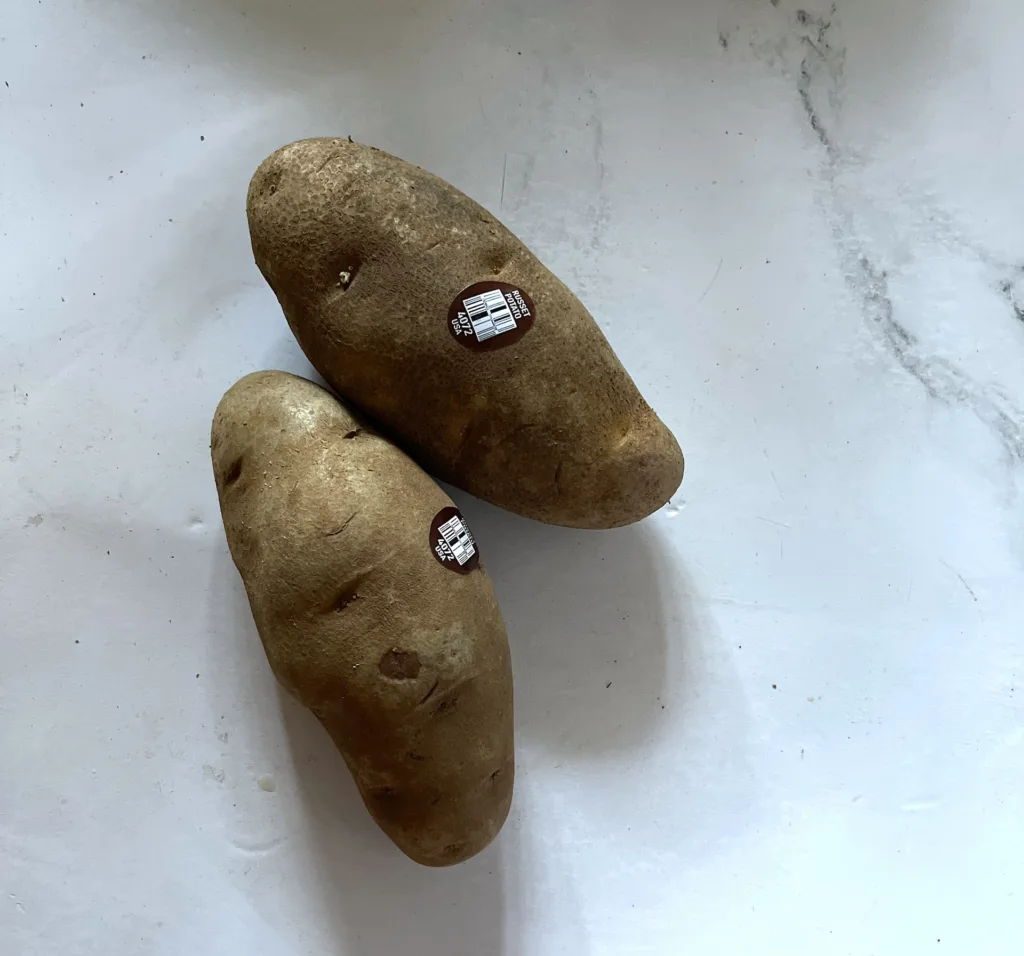
Russet potatoes are the ones with the rough brown skin and starchy flesh.
Starch content:
- High
Texture when cooked:
Russet potatoes have a starchy, fluffy texture when cooked. They are known for their ability to absorb flavors and moisture, making them a popular choice for baking and mashing. When cooked, they become tender and creamy, making them a versatile ingredient in various dish
Best ways to use it:
- Mashed potatoes
- Oven-baked fries
- Gnocchi
- Potato soups (like Broccoli & Cheddar Soup)
- Gratins (like scalloped potatoes)
- Loaded potato skins
- Baked whole and loaded with your preferred toppings
Red potatoes
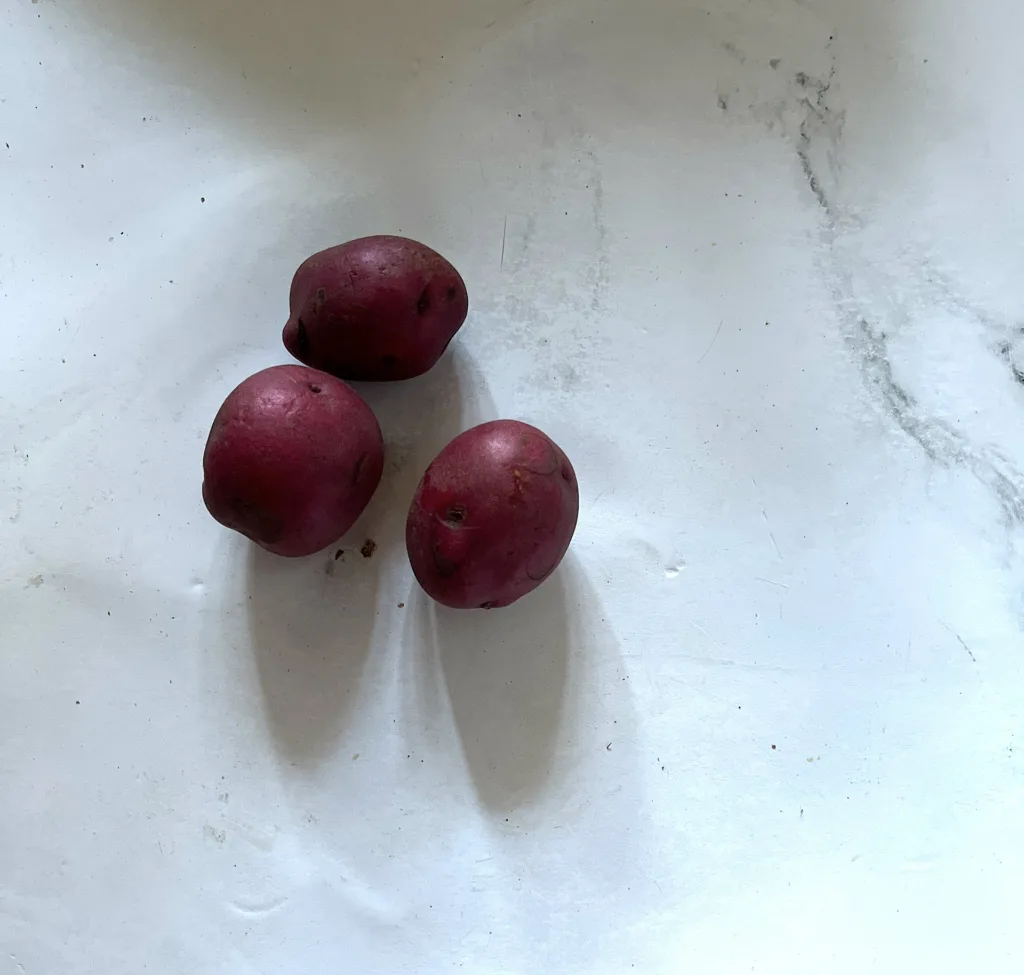
Red potatoes, with their thin red skin and waxy texture, offer a delightful contrast to russet potatoes.
Starch content:
- Low
Texture when cooked:
Their lower starch content and firm, creamy flesh make them well-suited for dishes that require potatoes to hold their shape.
Best ways to use it:
- Roasted with oil, herbs, and seasonings
- Potato salad
- Soups and stews
- In casseroles
Yukon Gold potatoes
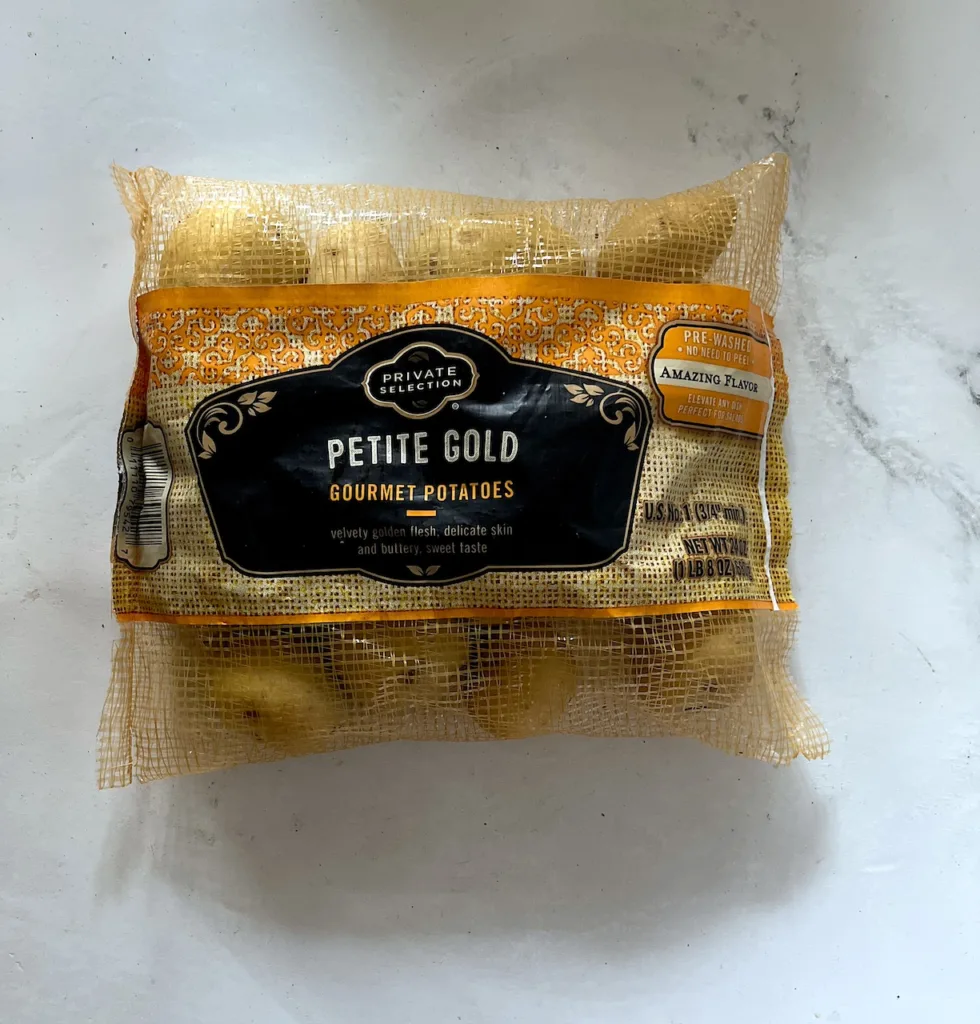
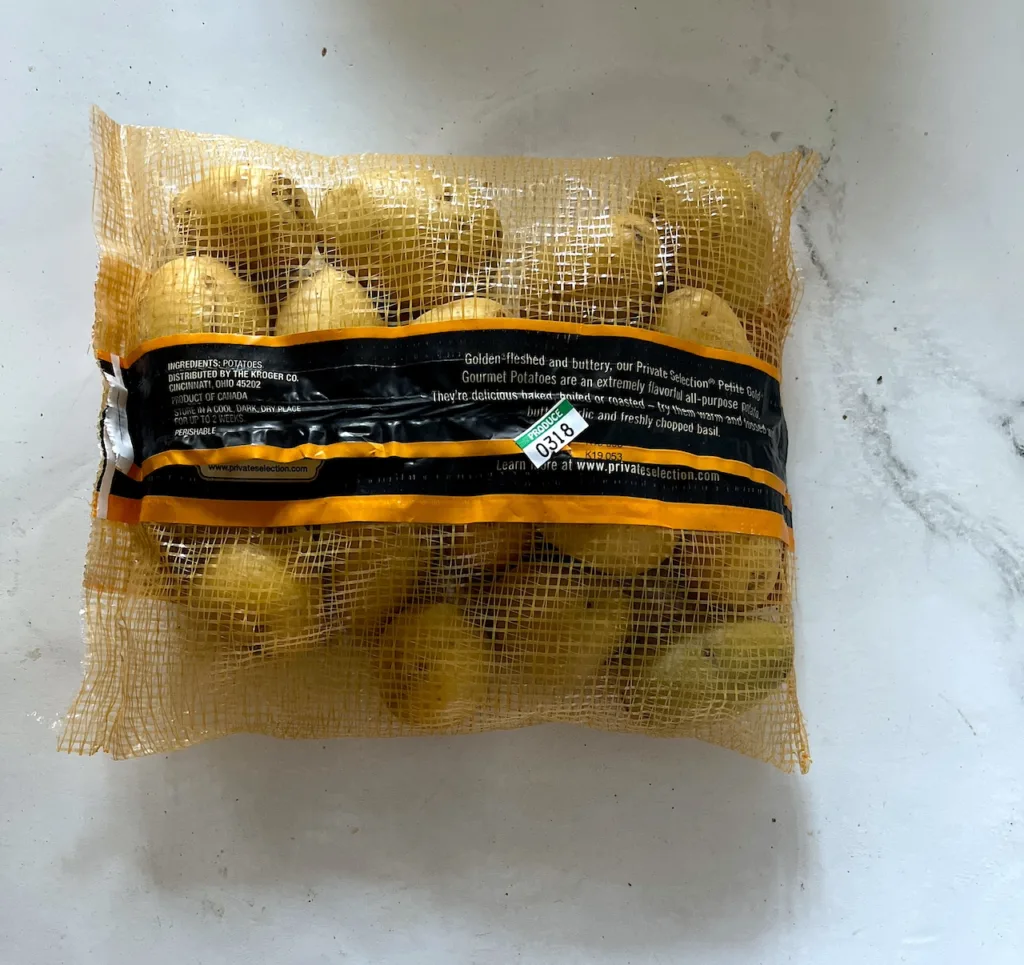
Yukon golds, with their golden-hued skin and buttery, rich flavor, bring a touch of elegance to the table. These are my favorite variety to grab and I consider them an all-purpose potato.
Starch content:
- Medium
Texture when cooked:
Their medium starch content and creamy texture make Yukon golds the best of both the russet and red potato worlds.
Best ways to use it:
- Garlic herb mash
- Oven-baked fries
- Gnocchi
- Potato soups (like Leek & Potato Soup)
- Gratins (like scalloped potatoes)
- Roasted with oil, herbs, and seasonings
- Potato salad
- Soups and stews
- In casseroles
Sweet potatoes
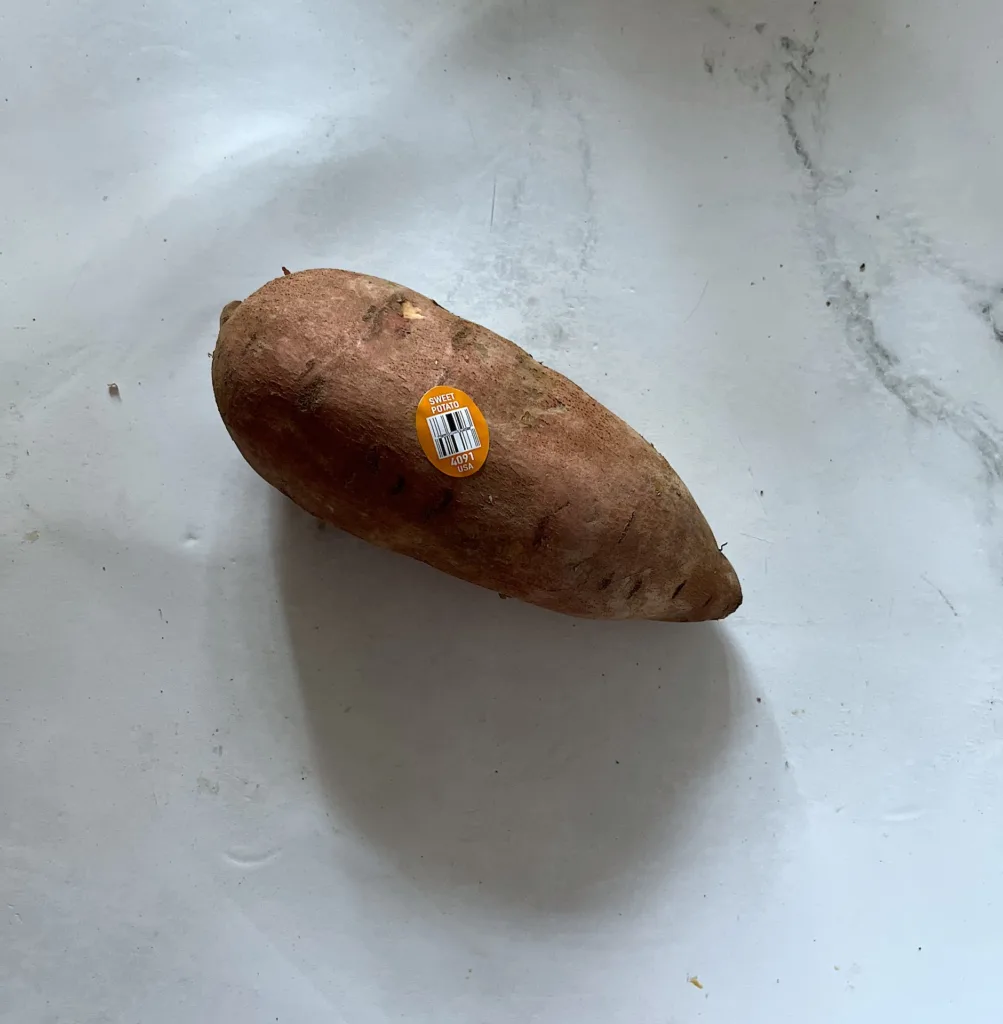
Sweet potatoes, with their vibrant orange flesh and naturally sweet flavor, are a delightful addition to any culinary repertoire. They are versatile and can be used in both sweet and savory dishes.
Starch content:
- High
Texture when cooked:
Russet potatoes have a starchy, fluffy texture when cooked. They are known for their ability to absorb flavors and moisture, making them a popular choice for baking and mashing. When cooked, they become tender and creamy, making them a versatile ingredient in various dish.
- In casseroles
- Hashes
- Pies
- Cheesecakes
- Biscuits
- Roasted wedges with oil, herbs, and seasonings
- Baked whole and loaded with your preferred toppings
- Baked medallions
- Soups and stews
*BONUS*
Fingerling potatoes
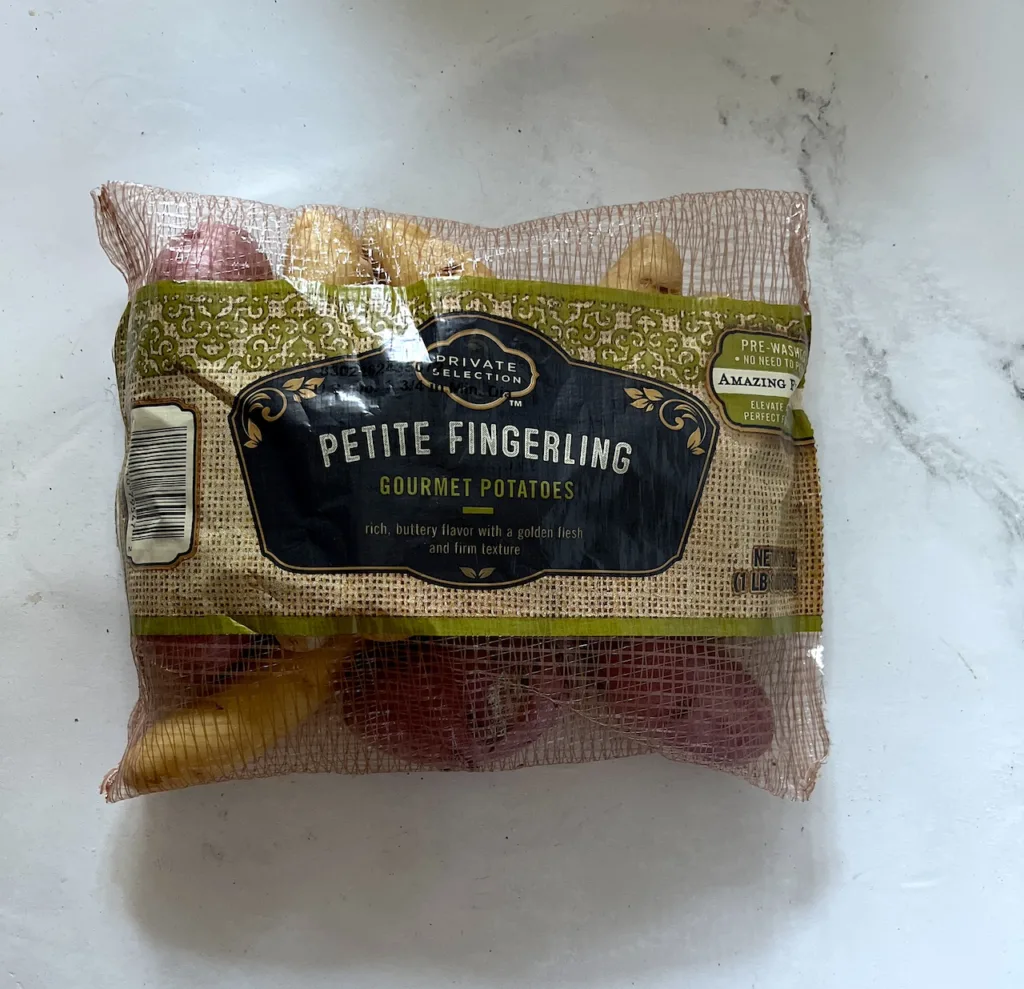
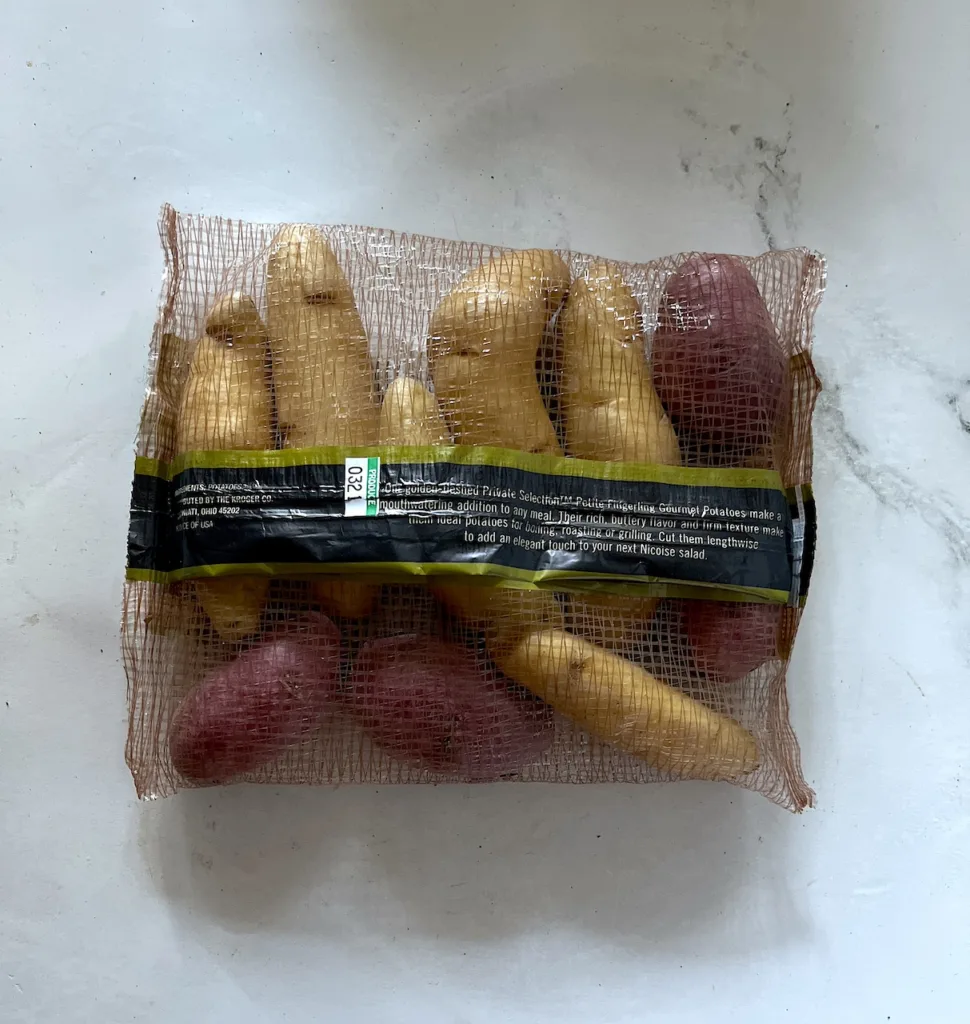
Fingerlings are a unique and versatile variety known for their distinctive shape and flavor. Unlike other varieties, fingerlings are fully mature when harvested, presenting a delightful array of colors and flavors that make them a standout option as a side dish or the star of the dish.
Starch content:
- Low
Texture when cooked:
Their thin skin and waxy texture contribute to their unique culinary characteristics. When roasted, fingerlings develop a crispy exterior and a creamy, buttery interior, creating a delightful contrast of textures in every bite. The flavor profile of fingerlings is often described as nutty and earthy, adding a distinct and delightful taste to a wide range of recipes. Their mild flavor makes them highly versatile and an excellent pairing with various main dishes, from elegant dinner party entrees to casual weeknight dinners.
Best ways to use it:
- Roasted with oil, herbs, and seasonings
- Boiled and used in potato salads
- Grilled with olive oil, salt and pepper
How to store at home?
- Keep potatoes in a cool, dark, and well-ventilated place, away from direct sunlight and heat sources.
- Avoid storing potatoes in the refrigerator, as the cold temperature can cause them to turn brown and develop an unpleasant texture.
- If you need to store potatoes for an extended period, consider using a cool, dark, and well-ventilated pantry or a potato bin with ventilation holes.
How to prep for cooking?
- Wash the potatoes thoroughly under running water to remove any dirt or debris.
- Cut the potatoes into the desired size and shape, depending on the recipe.
- For boiling, baking, or roasting, prick the potatoes with a fork to allow steam to escape and prevent them from becoming too soft or mushy.
Keeping the skin on
- Some recipes call for the potato skin to be left on, as it adds flavor and nutrients to the dish.
- When boiling or steaming, you can leave the skin on if you prefer the texture and flavor it provides.
- However, if you’re planning to mash or puree the potatoes, it’s best to remove the skin to achieve a smoother texture.
Why they need to be washed
- Potatoes grow IN the ground.
- Washing them removes dirt, debris, and any potential pesticide residue that may be present on the skin.
- Washing also helps to remove any starch that may have turned into sugar during storage, which can affect their taste and texture.
- Make sure to rinse them thoroughly under running water before using them in any recipe.

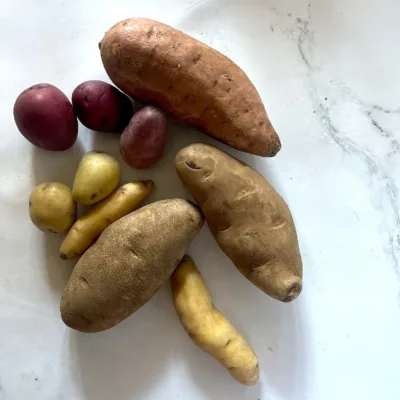

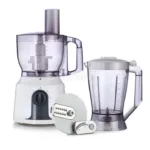
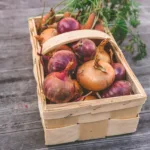
Leave a Reply